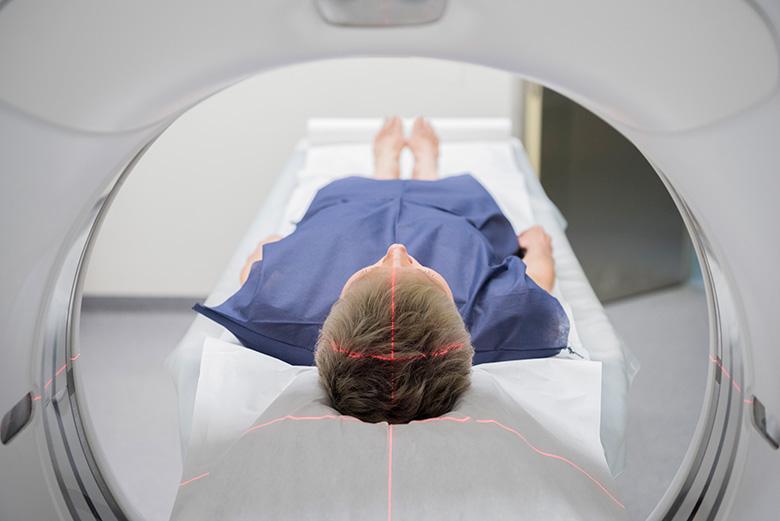Positron Emission Tomography (PET) Scan
What is a PET scan?
Positron emission tomography (PET) is an advanced medical imaging examination that provides detailed information on the function of an organ or system in your body.
It is combined with an anatomical technique such as a computed tomography (CT) or magnetic resonance imaging (MRI) scan at the same time. These techniques allow your doctor to:
- Assess how functionally active an organ or tissue is in conjunction with its appearance.
- Detect abnormalities even before an organ has changed from its normal shape
PET scans are often used to evaluate and diagnose cancers, neurological (brain) disorders, and cardiovascular (heart) diseases.
A PET-CT or PET-MRI scan can provide more information in staging cancer than MRI or CT scans alone. These scans can also show how well a cancer treatment is working. For the heart, a specialised rubidium PET-CT scan can determine whether the heart muscle is receiving sufficient blood flow under different conditions.
How it works
During a PET scan, a radionuclide tracer is injected into the bloodstream. As radionuclide tracers usually accumulate in diseased tissues, PET scanners can use the radionuclide tracers to create multi-dimensional images of your body.
Most PET scanners are combined with CT scans. This allows the structural information provided by CT images to be combined with the PET’s functional information.
Images with a colour map from your PET scan will be prepared for you to discuss with your specialist doctor.
Why do you need a PET scan?
A PET scan can:
- Measure vital functions, such as blood flow, oxygen use and blood sugar (glucose) metabolism.
- Identify organs and tissues that aren’t working as they should, or are inflamed.
- Detect cancerous tumour cells to help gauge cancer spread (metastasis).
- Evaluate how well a cancer treatment is working.
A PET scan can find cancers before other imaging techniques such as CT and MRI scans. It can also help your doctor to determine where cancer might be spreading.
When do you need a PET scan?
Your doctor may recommend a PET scan to:
- Detect or stage possible cancer
- Determine if vital organs such as the heart are receiving adequate blood flow to critical areas
- Investigate suspected infection or inflammation in your body, including your organs and bones
- Investigate an organ abnormality
- Follow up after cancer treatment
A PET scan can further assist in the planning of surgery for epileptic seizures by showing which part of your brain is responsible for epilepsy.
It is also used to assess Alzheimer’s disease and Parkinson’s disease because the resulting images can show the areas of the brain that are not functioning normally. Early detection of these neurological disorders can lead to more effective treatment.
What are the risks and complications of a PET scan?
A PET scan is a safe and painless procedure. However, if you suffer from claustrophobia or the fear of enclosed spaces, you may be concerned about entering the machine.
Please discuss this with your doctor so that we may tailor optimal care for you.






